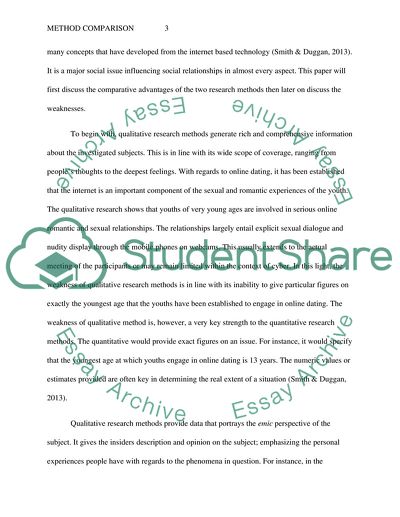Cite this document
(“Method comparison Essay Example | Topics and Well Written Essays - 1500 words”, n.d.)
Method comparison Essay Example | Topics and Well Written Essays - 1500 words. Retrieved from https://studentshare.org/english/1697083-method-comparison
Method comparison Essay Example | Topics and Well Written Essays - 1500 words. Retrieved from https://studentshare.org/english/1697083-method-comparison
(Method Comparison Essay Example | Topics and Well Written Essays - 1500 Words)
Method Comparison Essay Example | Topics and Well Written Essays - 1500 Words. https://studentshare.org/english/1697083-method-comparison.
Method Comparison Essay Example | Topics and Well Written Essays - 1500 Words. https://studentshare.org/english/1697083-method-comparison.
“Method Comparison Essay Example | Topics and Well Written Essays - 1500 Words”, n.d. https://studentshare.org/english/1697083-method-comparison.


